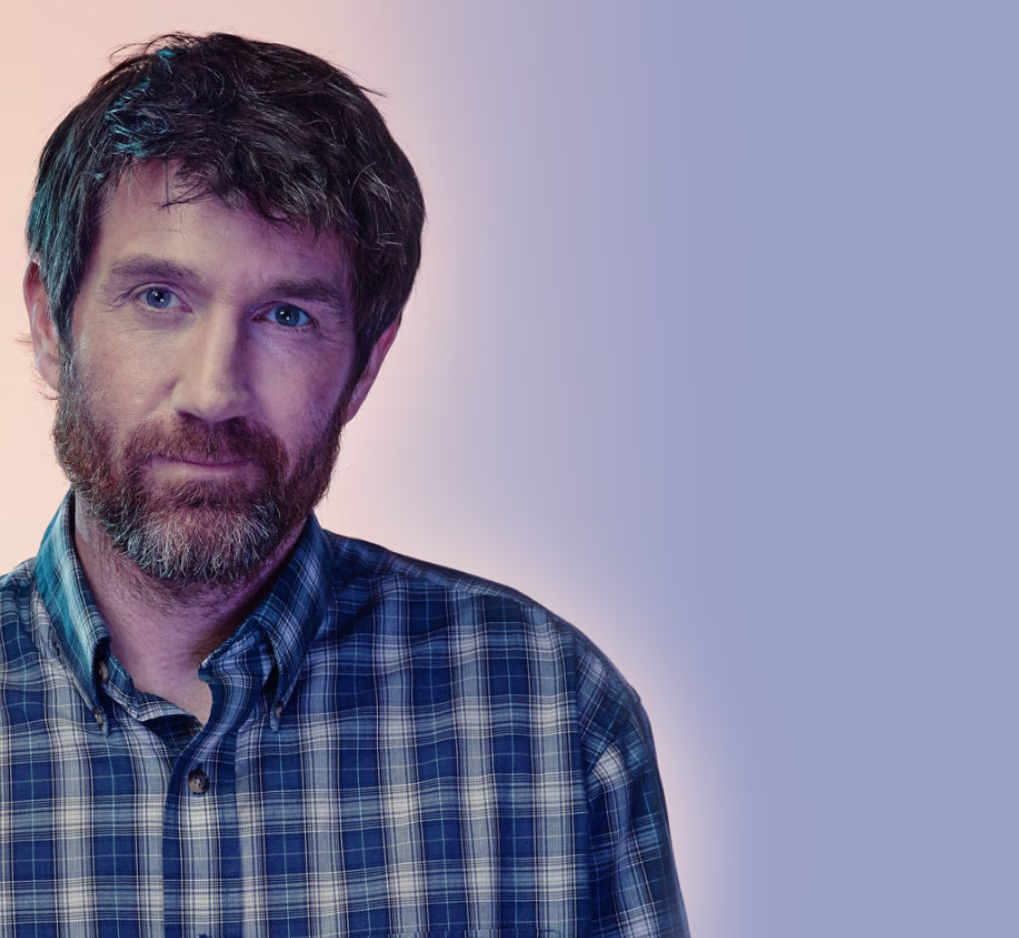
Rural communities are full of hardworking people who value strength and independence. Tobacco companies understand this, so they package and advertise their deadly products to play to values of self-reliance and resiliency with images such as cowboys, hunters, and racecar drivers. Big Tobacco aggressively markets cigarettes and smokeless tobacco products like chew in rural areas, taking advantage of weaker tobacco retail licensing laws in rural communities.1 This has contributed to increased smokeless tobacco use rates among high school males in rural areas, exceeding the national average.2
Because of these practices, rural counties have some of the highest smoking rates in California,3 and rural residents start smoking at an earlier age.4 Rural counties also suffer higher rates of lung cancer,5 and smoking causes 80-90 percent of lung cancer cases. That’s why it’s more important than ever to ensure rural communities are truly free from Big Tobacco’s deadly, addictive products.
Find out more about what each organization is doing to fight the tobacco industry's predatory tactics.
The American Cancer Society Cancer Action Network (ACS CAN) is the nation’s leading cancer advocacy organization and the nonprofit. The Central Valley Regional Initiative of the ACS CAN works to reduce tobacco-related health disparities in rural communities in the Central Valley region to create more smoke-free environments across multi-unit housing complexes, healthcare campuses, and community colleges and trade schools, including in Kings, Madera, Mariposa, Merced, and Tulare counties.
The Rural Communities Coordinating Center is a joint partnership between the California Health Collaborative (CHC) and Education, Training and Research (ETR) project that provides support and assistance to California’s five rural regional projects. The Rural Communities Coordinating Center aims to inform and educate policy makers, community members, and key stakeholders about a Rural Communities Policy Platform to prevent and reduce tobacco use among California’s rural communities. Further, the Coordinating Center will build mindshare within the rural communities to engage in tobacco prevention policy advocacy with non-traditional partners such as law enforcement, tribal stakeholders, and environmental groups.
This project addresses tobacco-related health disparities in rural populations by building community awareness and support for proven tobacco control strategies in the rural North Coast Region of California, including advancing Tobacco Retail Licensing policies, advancing Smoke-Free Multi-Unit Housing policies, advancing smoke-free fairgrounds, and casino policies.
This project focuses on engaging communities in the North Valley Region (Butte, Glenn, Shasta, Colusa, Tehama, and Yuba counties) to address tobacco-related health disparities. We work small, rural communities to encourage local celebrations, festivals, parades, or other heritage community events to implement voluntary smoke-free policies, as well as other community organizations, educational campuses, licensed health care and assisted living facilities, as well as improve referrals to the California Smokers’ Helpline and reduce exposure to secondhand smoke and aerosol.
The California Health Collaborative’s Gold Country Rural Regional Initiative focuses on the six most rural counties of the region including Sutter, Stanislaus, El Dorado, Amador, Tuolumne, and Nevada to reduce exposure to secondhand smoke and tobacco use. We work to ensure that tobacco control policies are included in City/County General Plans, and at community colleges and trade schools. We also work to mobilize young adults to provide education on secondhand smoke, smokeless tobacco, electronic smoking devices, and tobacco industry targeting of priority populations for policymakers and other community stakeholders.


Tobacco’s impact on health disparities in California
For decades, the tobacco industry has aggressively targeted California’s diverse communities with predatory practices. Internal documents from Big Tobacco outline their strategies – many of which are shocking attempts to peddle deadly products by way of product discounts and manipulative advertising. They even gave away free products to youth in the past. These tactics masquerade as support for communities under the guise of cultural celebration.
Unfortunately, the tactics have worked. Big Tobacco aggressively targeted communities and, as a result, some populations have higher rates of tobacco use, experience greater secondhand smoke exposure at work and at home, and have higher rates of tobacco-related disease than the general population.6
Addressing tobacco-related health inequities is key to California’s efforts to fight tobacco, our state’s number one cause of preventable death and disease.7 Tobacco use, pricing, and its impact across California were analyzed where significant disparities were found across various populations. See how Big Tobacco affects each community in the Nation’s most diverse state.